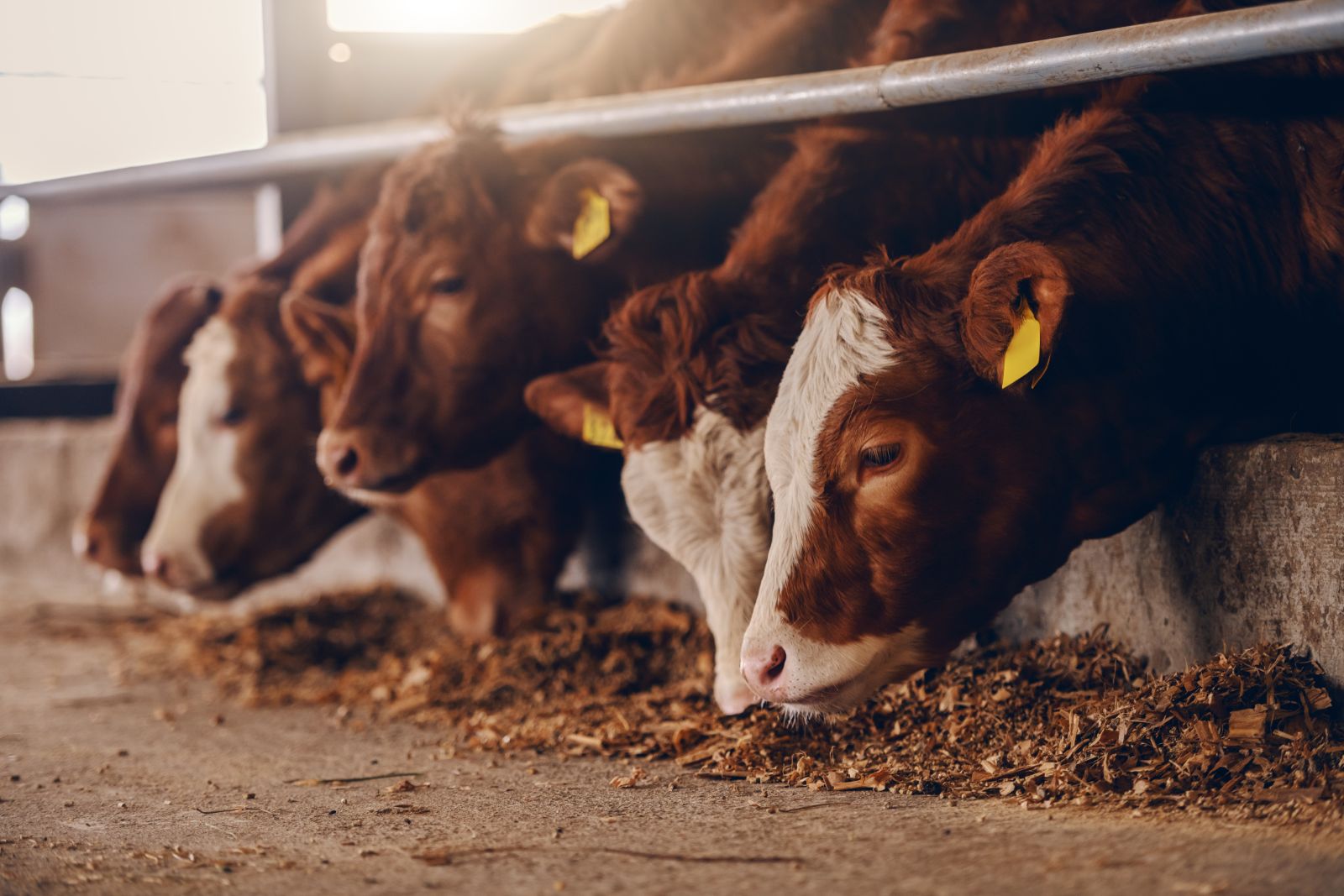Are Higher Highs on the Horizon for Cattle Futures?

The 2025 peak grilling season, when animal protein demand and prices tend to peak, begins in around two months at the end of May. Over the coming weeks, temperatures across the U.S. will warm, and the grills will come out of storage, as spring and summer are the seasons for BBQs and gatherings. The aroma of grilled meats will soon fill the air as those burgers, hot dogs, and steaks will be sizzling.
In a February 14, 2025, Barchart article on beef futures, I concluded:
The trend in any market is always your best friend, and it remains higher in the live and feeder cattle markets as the peak season for 2025 approaches. Higher highs are likely on the horizon for the beef market over the coming months.
The trend and approach of the peak demand season mean that the odds favor even higher highs over the coming weeks and months.
The USDA’s latest WASDE lowered its price forecasts because of the high prices
Excerpts from the U.S. Department of Agriculture’s latest March World Agricultural Supply and Demand Estimates Report told the cattle market:
Total red meat and poultry production for 2025 is raised on higher beef and chicken production forecasts, which is partially offset by lower pork and turkey production forecasts. The higher beef production forecast is due to heavier dressed weights more than offsetting lower slaughter. The beef export forecast for 2025 is raised, with increased production allowing for additional supplies in the second half of the year. Beef imports are raised on strong shipments during January and continued strong demand for lean processing beef. Cattle price forecasts are lowered for the first half of 2025 based on recent prices. The second half is unchanged as demand for cattle is expected to remain strong.
Source: USDA March WASDE Report
While the March WASDE report forecast lower prices for the first half of 2025 and continued “strong” cattle prices for the second half, the expectations were based on the current record-high cattle futures prices.
Live cattle remain bullish
The quarterly live cattle futures chart dating back to the 1960s highlights how strong cattle prices have been.

Live or “fat” cattle rose to a new $2.07725 peak in January 2025. At the $2.04425 per pound level in late March, the fat cattle futures remain in a very bullish trend, higher than the 2024 closing level and just below the most recent record peak.
Feeders continue to make higher highs
The quarterly feeder cattle futures chart displays the same bullish trend.

The feeder cattle futures reached an all-time high of $2.90625 per pound in March 2025 and were just below that level in late March. The feeders were over 20 cents per pound higher than the 2024 closing price.
The factors impacting cattle prices over the coming weeks and months
Tight supplies have lifted cattle prices to record levels. The rally that began during the 2020 pandemic-inspired low continues five years later in 2025.
Cattle futures are moving toward the peak demand season, which starts in late May and runs through early September. During this time, beef demand tends to rise, pushing prices to annual highs. Aside from seasonality, tariffs under the Trump administration impact prices in all commodities, and cattle are no exception. The top ten beef-producing countries in the world are:

While the U.S. leads the world in beef production, Brazil, China, India, Argentina, and Mexico are the top six producers. Tariffs could create trade barriers in the beef market, pushing prices even higher during the peak grilling season in 2025.
Meanwhile, the path of least resistance of prices in the cattle futures markets remains bullish, and the trend is always our best friend.
Futures are the only route for risk positions in beef
I expect live and feeder cattle futures will continue to make higher highs over the coming weeks and months as the 2025 peak season approaches and tariffs cause trade issues.
No ETF or ETN products track live or feeder cattle futures, leaving the CME’s futures and futures options the only route for risk positions. The live cattle contracts are more liquid than the feeder cattle contracts, as the live cattle attracts higher volume and open interest, the total number of open long and short positions.
One live cattle futures contract contains 40,000 pounds of beef. At $2.03100 per pound, the contract value is $81,240. The current original margin at $2,420 per contract means a market participant can control $81,770 of live cattle futures with just below a 3% downpayment. Variation margin is required if equity declines below $2,200 per contract.
One feeder cattle futures contract contains 50,000 pounds of beef. At $2.8500 per pound, the contract value is $142,500. The current original margin at $4,537 per contract, means a market participant can control $141,900 of feeder cattle futures with around a 3.2% downpayment. Variation margin is required if equity declines below $4,125 per contract.
Seasonality and trade uncertainty going into the peak demand and price season, as well as the bullish trend since the 2020 lows, point to a continuation of higher highs in cattle prices over the coming weeks and months.
On the date of publication, Andrew Hecht did not have (either directly or indirectly) positions in any of the securities mentioned in this article. All information and data in this article is solely for informational purposes. For more information please view the Barchart Disclosure Policy here.